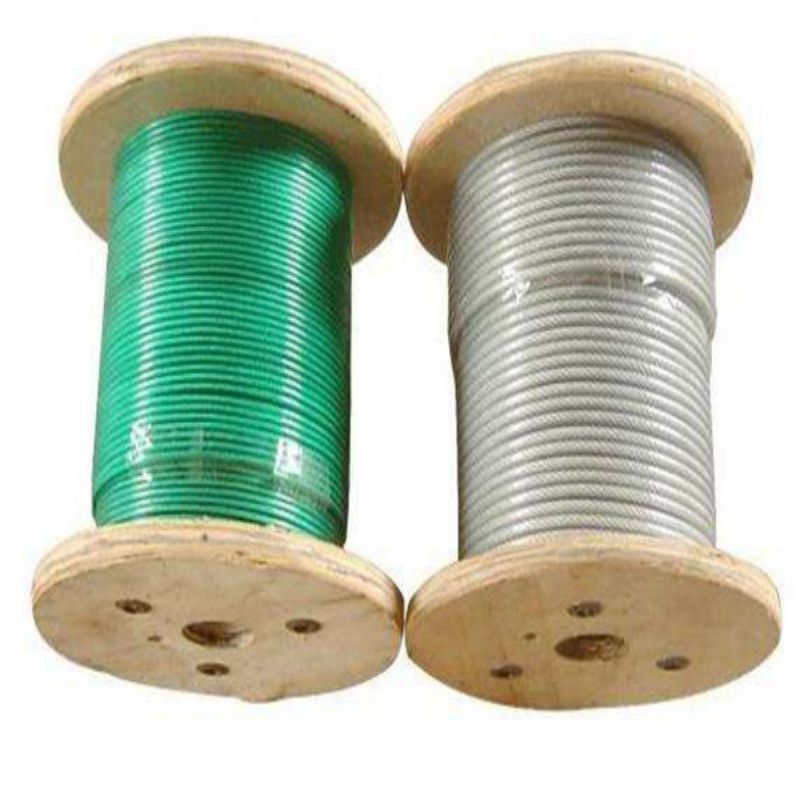
Stainless wire ropes are vital for their strength and corrosion resistance. Blogs offer insights for professionals and DIY enthusiasts on their uses and benefits. Here’s what you can typically expect to find in these blogs:
First and foremost, it is crucial to inspect the sling regularly for any signs of wear or damage. This includes checking for frayed or broken wires, kinks, or any other deformities that could compromise the sling’s strength and integrity. Additionally, it is important to look for any corrosion or rust, as this can weaken the sling and make it more susceptible to failure. If any damage is found, the sling should be immediately removed from service and replaced.
Another important aspect of maintaining steel wire rope slings is ensuring that they are properly stored when not in use. They should be stored in a clean, dry, and well-ventilated area to prevent any moisture or contaminants from causing corrosion. Furthermore, the sling should be coiled or looped in a manner that prevents any kinks or twists from forming, as these can weaken the sling and make it more prone to failure.
When using a steel wire rope sling, it is essential to follow the manufacturer’s guidelines and recommendations for proper use. This includes adhering to the sling’s rated capacity, which is the maximum weight that the sling is designed to handle safely. Overloading the sling can lead to failure and potentially serious injuries or damage. Additionally, it is important to use the sling in accordance with the intended application and to avoid any sharp or abrasive materials that could damage the sling.
One common mistake that can lead to sling failure is improper handling and rigging. It is crucial to ensure that the sling is properly attached to the load and that the load is evenly distributed across the sling. This can be achieved by using proper rigging techniques, such as using a spreader bar or a choker hitch. Additionally, it is important to avoid twisting or tangling the sling, as this can weaken the sling and make it more prone to failure.
Another important safety precaution when using steel wire rope slings is to ensure that all personnel involved in the lifting process are properly trained and certified. This includes not only the operators but also the riggers and anyone else who may be handling the sling. Proper training will ensure that all personnel are aware of the proper procedures for handling and rigging the sling, as well as the potential hazards and risks associated with its use.
Proper maintenance and safety precautions for steel wire rope slings are essential to ensure their longevity and to prevent any accidents or injuries. By regularly inspecting the sling for signs of wear or damage, storing it properly, following the manufacturer’s guidelines for use, and using proper rigging techniques, you can help to ensure that your steel wire rope slings remain safe and effective tools for lifting and moving heavy loads.
Stainless wire ropes are vital for their strength and corrosion resistance. Blogs offer insights for professionals and DIY enthusiasts on their uses and benefits. Here’s what you can typically expect to find in these blogs: